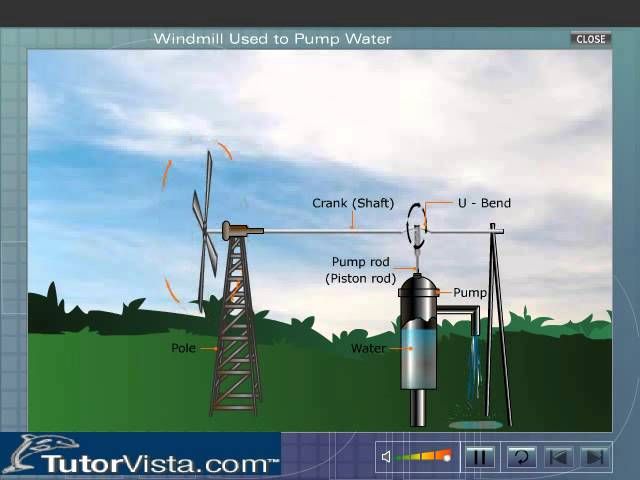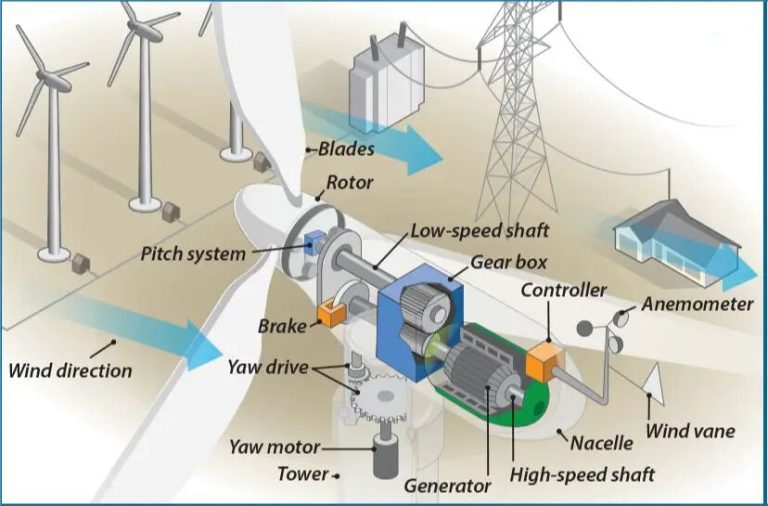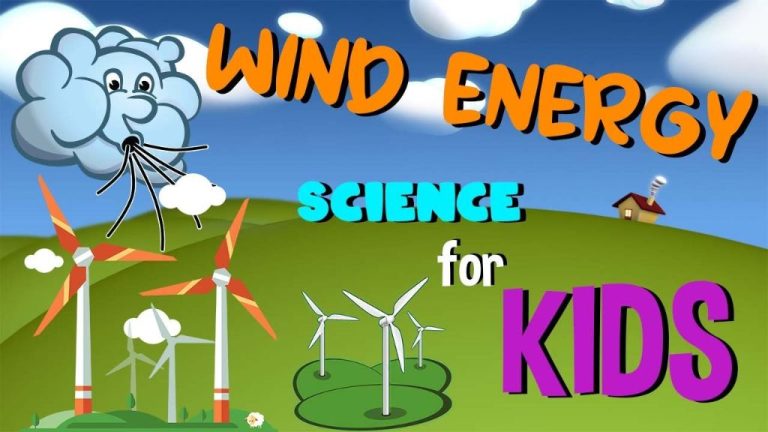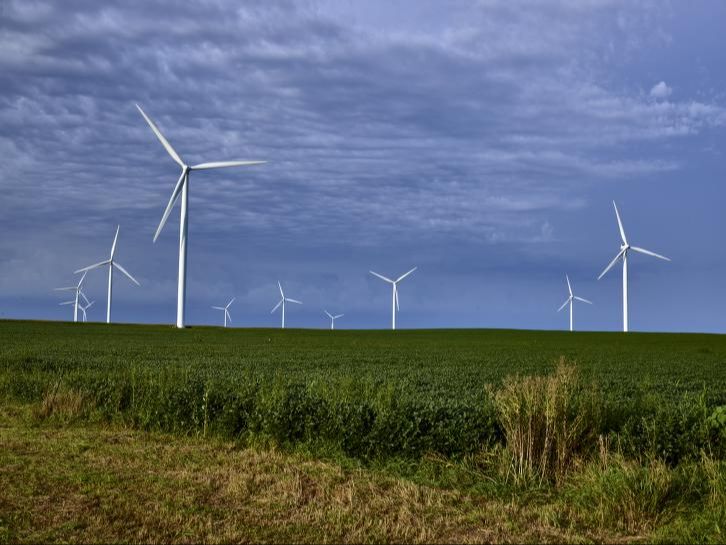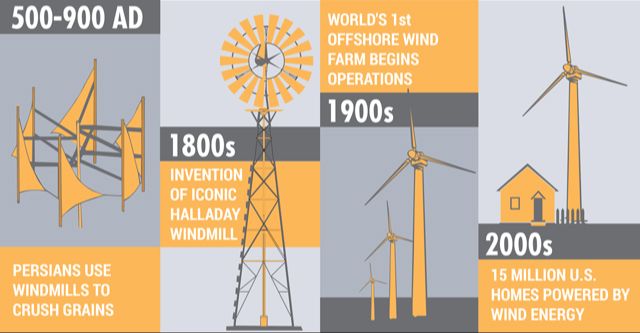What Is The Largest Obstacle To Using Wind Energy?
Wind energy is one of the fastest growing renewable energy sources in the world. According to the International Energy Agency (IEA), the global wind power capacity reached 743 GW in 2019, supplying over 5% of the world’s electricity demand. The IEA projects wind capacity to more than double in the next 5 years. However, to limit global warming, the IEA says this growth rate needs to increase to about 17%.
With such tremendous potential for expansion, an important question arises: what is preventing even faster adoption of wind energy? In this article, we will examine the largest obstacles standing in the way of wind energy growth.
Intermittency
One of the largest obstacles to using wind energy is its intermittent and variable nature. Wind power is considered highly intermittent because it depends on the weather, which can be unpredictable (Source). The wind does not blow at a constant speed 24/7. There are times when the wind is strong and steady, producing lots of power, and other times when the wind dies down, producing little to no power. This variability makes wind power more challenging to integrate into the electric grid compared to steady power sources like natural gas, nuclear, or coal that can be dispatched on demand.
This intermittency causes issues for grid operators who need to constantly balance electricity supply and demand. When the wind suddenly drops, other power plants need to ramp up quickly to meet demand. Grid operators also have to overbuild capacity from steady sources to back up intermittent ones like wind and solar. Despite advances in forecasting wind availability, there is still uncertainty around exactly when and where the wind will blow. Compared to conventional power, the variability of wind remains an obstacle to fully transitioning to renewable energy.
Transmission Infrastructure
One of the largest obstacles for using wind energy is the need for massive transmission infrastructure to connect wind farms to the electrical grid and population centers. Wind farms are often located in remote, rural areas that have optimal wind resources but are far from cities and existing transmission lines (1). According to a National Renewable Energy Lab study, the average transmission capital cost for renewables like wind ranges from $1 to $10 per megawatt-hour (2). The high cost is driven by the hundreds of miles of new transmission lines that must be constructed to deliver the power to substations and onward to population centers.
For example, researchers at the U.S. Department of Energy found that transmitting wind power from prime resources in the Dakotas/Minnesota area to major cities like Chicago would require approximately 5,000 miles of new 765 kV transmission lines costing up to $80 billion (3). The long distances and construction through privately-owned land drastically increase rights-of-way costs. Upgrading substations and grid infrastructure also adds major expenses.
These transmission infrastructure costs present a significant obstacle for realizing the full potential of wind energy generation and delivery. Creative regulatory solutions that share the costs more broadly and identify synergies with the larger grid upgrade needs may help mitigate the challenge.
Public Opposition
Proposed wind energy projects often face public opposition from local communities, sometimes referred to as “NIMBYism” or “Not In My Backyard.” A 2022 study published in Proceedings of the National Academy of Sciences analyzed over 500 wind energy facilities in the U.S. and Canada and found that 36% faced some form of public opposition, with 8% experiencing an organized protest. The study found that public opposition was more prevalent in areas with higher median household incomes and higher shares of white residents.
Reasons commonly cited for opposing local wind farms include concerns over noise, visual impacts on the landscape, lowered property values, and harms to wildlife. Some view wind turbines as an undesirable industrial development infringing on the rural character of their community. The “NIMBY” attitude prioritizes avoiding local impacts over broader societal benefits from renewable energy. Strategies to increase local community acceptance include offering financial incentives, ensuring proper zoning, and engaging residents early through town halls and public forums. Overall, public opposition poses a hurdle for expanding wind power, but one that can potentially be overcome through education, outreach, and responsive project siting and operations.
Wildlife Impacts
Some environmental groups have raised concerns about the impacts wind turbines could have on birds and bats. Studies have shown that wind turbines do kill some birds and bats through collisions (Wind Energy’s Potential Effects on Wildlife and the Environment). Mortality rates vary across regions and facilities (Wind Energy | U.S. Fish & Wildlife Service). However, newer wind turbine designs are addressing this issue by reducing rotor speeds and using radar systems to detect approaching flocks and shut down turbines when necessary.
The wind industry is also collaborating with environmental groups to further reduce impacts. Proper siting away from major bird migration routes and habitats can help mitigate risks. Overall, habitat loss from climate change poses a much greater threat to birds and bats than wind turbines.
Cost Factors
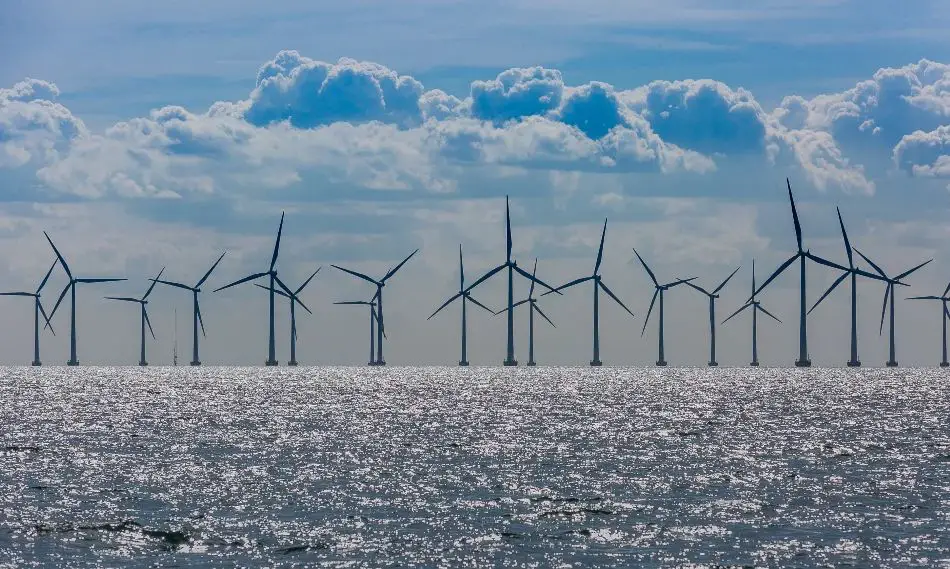
Analyzing the levelized cost of wind power versus other electricity sources shows that costs have declined but wind remains more expensive than some other options. According to the EIA, the levelized cost of onshore wind in 2020 was around $37 per MWh, compared to around $33 for natural gas and $29 for coal. However, costs continue to fall as technology improves. Analysis by Lazard shows onshore wind costs declined by 71% from 2009 to 2020. Offshore wind costs around $83/MWh but are also dropping quickly. Compared to other renewables, unsubsidized wind power is competitive with solar PV and hydropower but still higher than geothermal and biomass.
Overall, wind’s costs have fallen substantially but remain higher than fossil fuels in some cases. Continued technological change could make it even more competitive.
Policy Factors
One major obstacle for wind energy is the uncertainty around government subsidies and tax credits. As reported in Policy Uncertainty and Investment in Wind Energy[1], the on-again, off-again nature of subsidies and credits affects companies’ willingness to invest in new wind projects. When incentives like the production tax credit (PTC) are allowed to expire or are renewed late, it creates a boom-bust cycle for wind development. For example, when the PTC expired in 2012, 2013, and 2019, new wind capacity additions fell by over 90% the following year before rebounding when the PTC was retroactively renewed[1]. This unpredictability increases risks for developers and inhibits steady growth in the industry. According to an analysis by researchers at Rice University, uncertainty around the PTC alone led to $60 billion in lost investment from 2000-2020[1]. Policy stability is key for driving robust wind energy expansion.
[1] Johnston, S. (2019). Policy Uncertainty and Investment in Wind Energy. Retrieved from https://www.perc.org/wp-content/uploads/2019/08/wind_uncertainty_aug-sarah.pdf
Aesthetic Concerns
One of the objections to wind turbines is that some find them visually unappealing. The large towers and spinning blades can be seen as marring natural landscapes and seascapes. According to an article on Nexus Media News, “Of course, there are reasonable objections to wind turbines. They can be noisy, intrusive and a danger to wildlife. But, in context, those concerns tend to fall away. The bigger issue, at least to the general public, seems to be aesthetics.”
However, siting and design considerations can help minimize the visual impacts of wind farms. According to a chapter in an Oxford Academic book, “The aesthetic impacts of wind farms depend on subjective perceptions relating to their design and location in the landscape or seascape.” Careful planning of turbine size, layout, color and lighting can make them less visually intrusive.
While aesthetic concerns remain one of the main objections to wind power, they can be addressed through thoughtful siting and design choices to better integrate wind farms into the surrounding environment.
Conclusion
Of all the obstacles to using wind energy, the most significant are intermittency, infrastructure limitations, local opposition, and cost factors. Intermittency, or the variable nature of wind, makes it challenging to integrate large amounts of wind power into the grid without suitable energy storage. Upgrading transmission lines to connect windy regions with demand centers is also a major hurdle. Public opposition due to aesthetic concerns or perceived impacts is another barrier, especially for large onshore wind farms. Despite tax credits and falling costs, wind’s high upfront capital costs can deter investment.
However, technological improvements and policy support can help address these obstacles. Energy storage innovations and better forecasting tools will enable greater grid flexibility. Siting changes, community engagement, and financial incentives can reduce local opposition. Continued cost declines will make wind more competitive with conventional energy. While obstacles remain, wind energy will likely continue its robust growth in the years ahead.
Further Reading
Here are some recommended resources to learn more about the obstacles facing wind energy:
- Advantages and Challenges of Wind Energy – Overview from the U.S. Department of Energy on the pros and cons of wind power.
- Five Challenges Facing Wind Power In The 2020s – Article from Forbes examining key obstacles to wind energy growth.
- Challenges and opportunities for wind energy in the United States – Academic paper analyzing the technical, economic, and social barriers to greater wind power adoption.
- Reducing Wind Curtailment – U.S. Department of Energy report on addressing wind intermittency and transmission congestion.
- Environmental Impacts of Wind Power – Overview from the Union of Concerned Scientists on the environmental effects of wind turbines.

